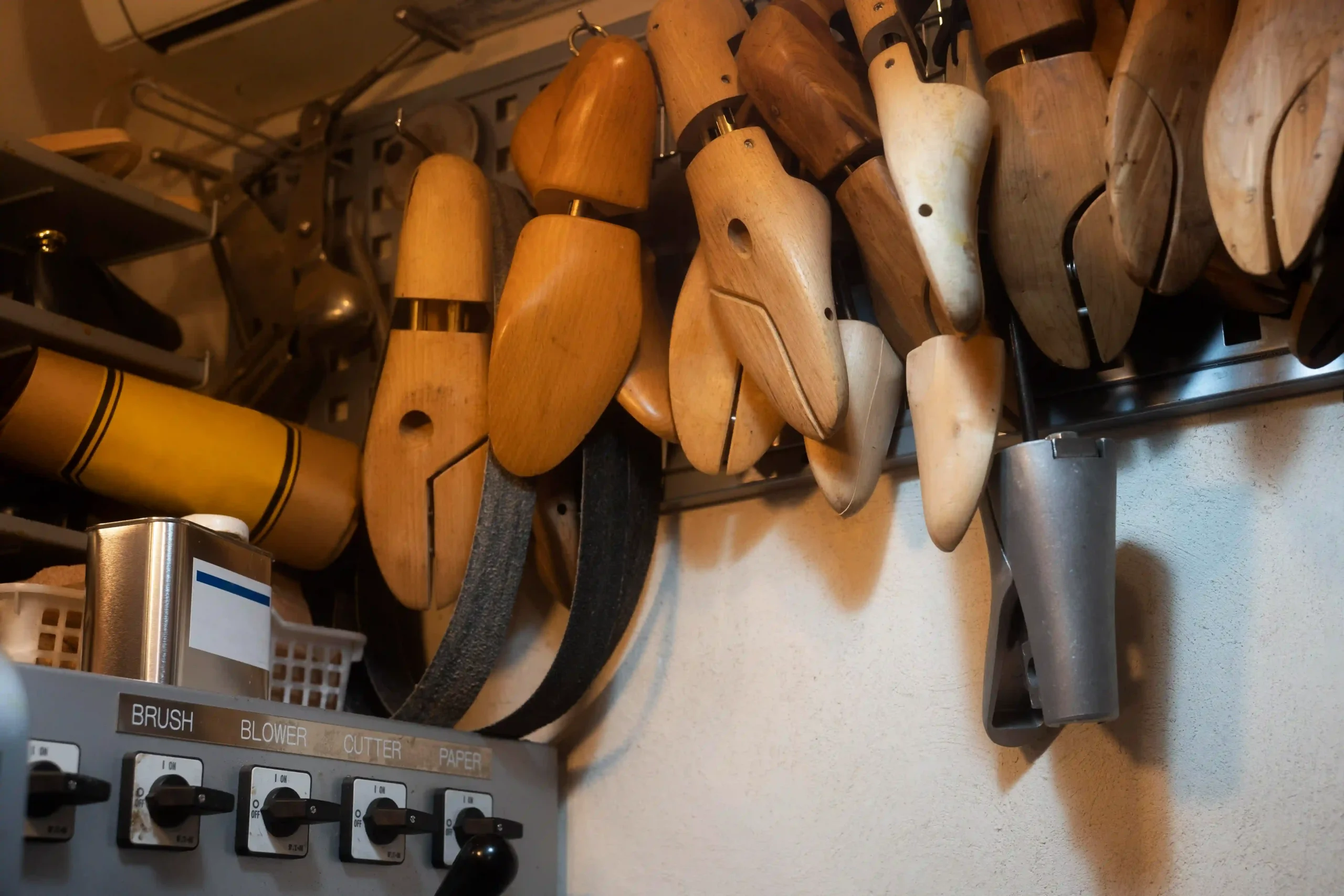Energy savings in shoe manufacturing is crucial for reducing costs and environmental impact. Manufacturers are increasingly adopting sustainable manufacturing practices to meet the demands of eco-conscious footwear brands.
By focusing on Utility Reduction and using Efficient Equipment, factories can significantly lower energy consumption. This not only benefits the environment but also enhances production efficiency.
Implementing these strategies can lead to long-term savings and open new market opportunities. Embracing energy-efficient methods is a win-win for manufacturers and the planet.
The Importance of Energy Savings in Shoe Manufacturing
Reducing energy use in shoe manufacturing is key for both economic and environmental reasons. Energy-efficient operations lead to significant cost savings and a reduced carbon footprint.
Several factors highlight the importance of energy savings:
Enhances company reputation with eco-conscious consumers.
Meets industry standards for sustainable manufacturing practices.
Opens doors for government incentives and support.
These benefits illustrate why manufacturers should prioritize utility reduction. It not only boosts profitability but also aligns with global sustainability goals.
Key Strategies for Utility Reduction
Implementing effective strategies can greatly aid in utility reduction for shoe manufacturers. Start with energy audits to assess current usage. This helps identify areas where energy is wasted.
Next, focus on optimizing production schedules to avoid peak energy demands. This step ensures minimal energy usage during high-cost periods.
Consider the following strategies for energy efficiency:
Transition to renewable energy sources like solar power.
Regularly maintain machinery to ensure optimal performance.
Insulate facilities to reduce heating and cooling needs.
Also, adopting a Utility Reduction plan can systematically decrease energy consumption. The goal is achieving long-term savings without disrupting production. These changes, though simple, can lead to substantial cost savings and promote sustainability.
Implementing Efficient Equipment and Technology
Investing in Efficient Equipment can significantly decrease energy consumption. Updated machinery often comes with energy-saving features that optimize performance. This not only saves energy but also boosts production efficiency.
Consider integrating smart technology into your operations. This allows real-time monitoring of energy use, pinpointing inefficiencies swiftly.
Some recommended technologies include:
Energy-efficient motors for machinery.
Automated systems that reduce idle machine time.
Smart sensors that adjust energy use based on need.
These advances in technology can transform manufacturing processes. By reducing energy waste, manufacturers can lower operational costs and enhance sustainability.
Sustainable Manufacturing Practices for Eco-Conscious Footwear
Sustainable manufacturing is crucial for eco-conscious footwear brands. By embracing these practices, manufacturers reduce their environmental impact. This also attracts brands seeking green solutions.
Key sustainable practices include:
Utilizing renewable energy sources like solar power.
Recycling and reusing materials in the production process.
Designing shoes with energy-efficient materials.
These practices ensure the entire supply chain is eco-friendly. Not only does this approach cut energy usage, but it also paves the way for innovation. New opportunities arise in markets that favor sustainability.

Employee Engagement and Continuous Improvement
Employee engagement is vital for energy savings. Training staff on conservation techniques ensures mindful energy usage throughout the production process.
Fostering a culture of continuous improvement empowers employees to suggest innovative solutions. This approach leads to ongoing energy efficiency advancements. Manufacturers benefit from both reduced costs and enhanced sustainability, creating a win-win scenario.
Tracking Progress and Future Opportunities
Monitoring energy performance is essential for understanding impact. Benchmarking helps set realistic goals and track improvements over time.
Future opportunities lie in adopting smart technologies. Advanced systems provide real-time data, allowing for quick adjustments and greater energy efficiency. Embracing these innovations keeps manufacturers competitive while promoting a sustainable future in shoe production.
